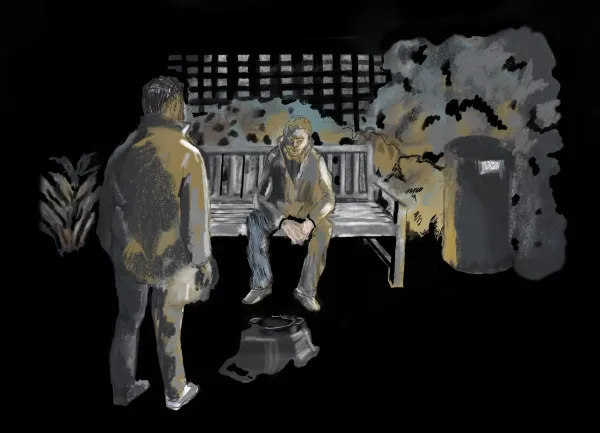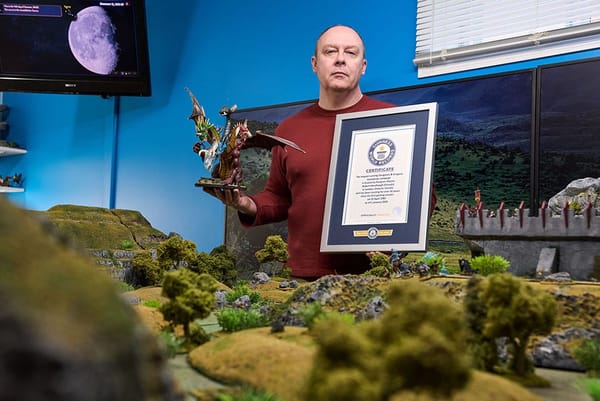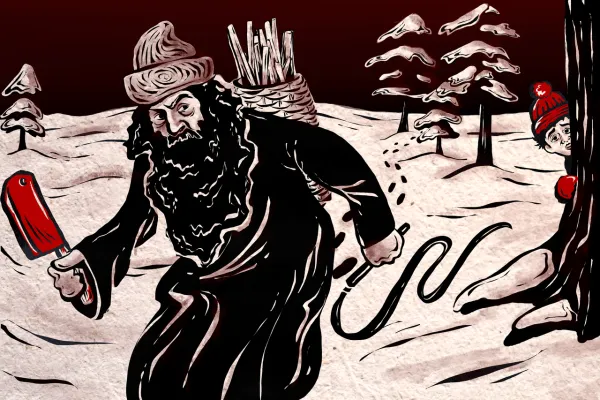Marie Curie’s radioactive prints can still be found all over Paris
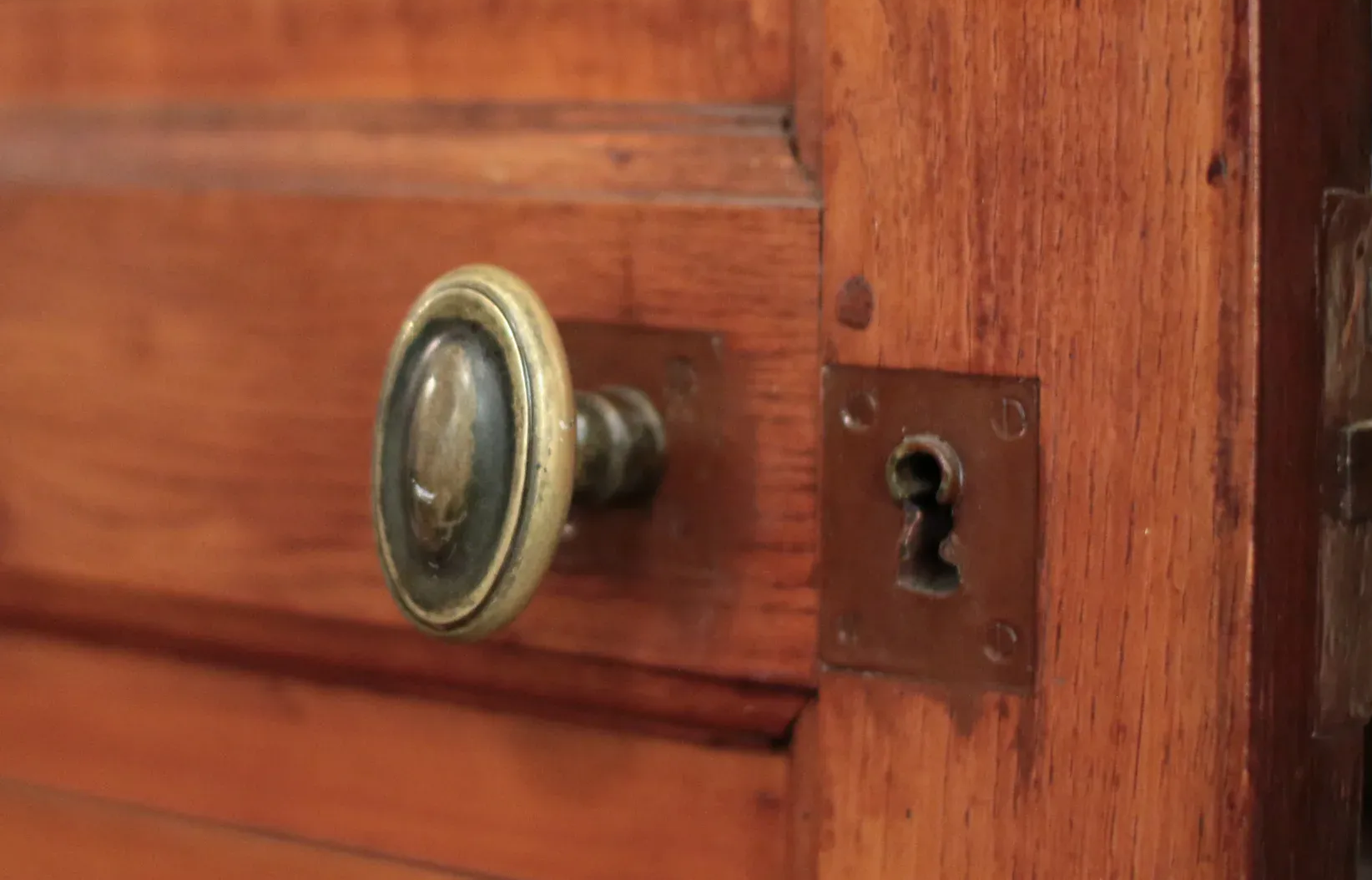
From the BBC: “The Geiger counter starts flashing and buzzing as I hold it against the 100-year-old Parisian doorknob. I am standing in the doorway between the historical lab and office of Marie Curie, the Polish-born, Paris-based scientist who invented the word "radioactivity" – and here is an especially startling trace of her. The museum that houses the lab has invited me in here to track radioactive handprints left by her when she worked here in the early 20th Century. Here, on the doorknob, is one such trace. There's another one on the back of her chair. Many more of these invisible traces are dotted all over her archived notes, books and private furniture, some only discovered in recent years. Marie Curie worked here from 1914 until 1934, the year of her death, handling radioactive elements including radium, which she and her husband Pierre Curie had discovered in 1898. For most of her life, she did this with bare hands.”
You could create a stack of balanced blocks that would reach across the Grand Canyon

From Scientific American: “Gather some children’s blocks and place them on a table. Take one block and slowly push it over the table’s edge, inch by inch, until it’s on the brink of falling. If you possess patience and a steady hand, you should be able to balance it so that exactly half of it hangs off the edge. Nudge it any farther, and gravity wins. Now take two blocks and start over. Stacking one on top of the other, how far can you get the end of the top block to poke over the table’s edge? Keep going. Stacking as many blocks as you can, what is the farthest overhang you can achieve before the whole structure topples? Is it possible for the tower to extend a full block length beyond the lip of the table? The answer is that the stacked bridge can stretch forever. In principle, a freestanding stack of blocks can span the Grand Canyon, no glue required.”
The world’s richest shipwreck contains gold coins worth about $17 billion

From Popular Science: “The yearslong international fight to lay claim to the suspected “world’s richest shipwreck” likely won’t end anytime soon, especially after a research team’s most recent conclusions. Experts have confirmed that dozens of gold coins scattered across the ocean floor off the coast of Colombia belonged to the San José, an ill-fated Spanish treasure galleon that sank over 300 years ago during a battle with British warships. The findings were published on June 10 in the journal Antiquity. In June 1708, the San José and a fleet of 17 other vessels departed the capital of Colombia for Europe laden with gold, silver, and uncut gems. The 64-gun, three-masted Spanish flagship alone carried as much as 200 tons of treasure with a modern value estimated as high as $17 billion. On June 8, however, the galleon had the misfortune of running across a squadron of five British warships during the War of Spanish Succession.”
Hi everyone! Mathew Ingram here. I am able to continue writing this newsletter in part because of your financial help and support, which you can do either through my Patreon or by upgrading your subscription to a monthly contribution. I enjoy gathering all of these links and sharing them with you, but it does take time, and your support makes it possible for me to do that. I also write a weekly newsletter of technology analysis called The Torment Nexus.
How one man and his ‘Biblioburro’ spreads literacy in rural Colombia

From Atlas Obscura: “La Gloria sounds like one of these places Colombian writer Gabriel Garcia Marquez would write in his books. Many of the people who live in La Gloria are hard-working campesinos. Most are dedicated farmers who work in the fields growing fruits and vegetables. Luis Soriano grew up planting in these fields, but he’s taken on a different path. He’s an educator, and he also runs a bookmobile. Except this one’s a little different. He’s not driving a car or a bus. Instead, he’s riding a donkey. And instead of calling his operation a bookmobile, he calls it Biblioburro. During his teen years, he was sent off to live with his grandmother in a city hours away from their town. He came back to La Gloria when he finished high school. Then he became a primary school teacher in another town where he taught reading and writing. He loved doing this work. But he often noticed that the students in his class weren’t doing any of their homework and they were making very little progress with their reading.”
Pilates exercise was developed after its inventor watched tail-less Manx cats
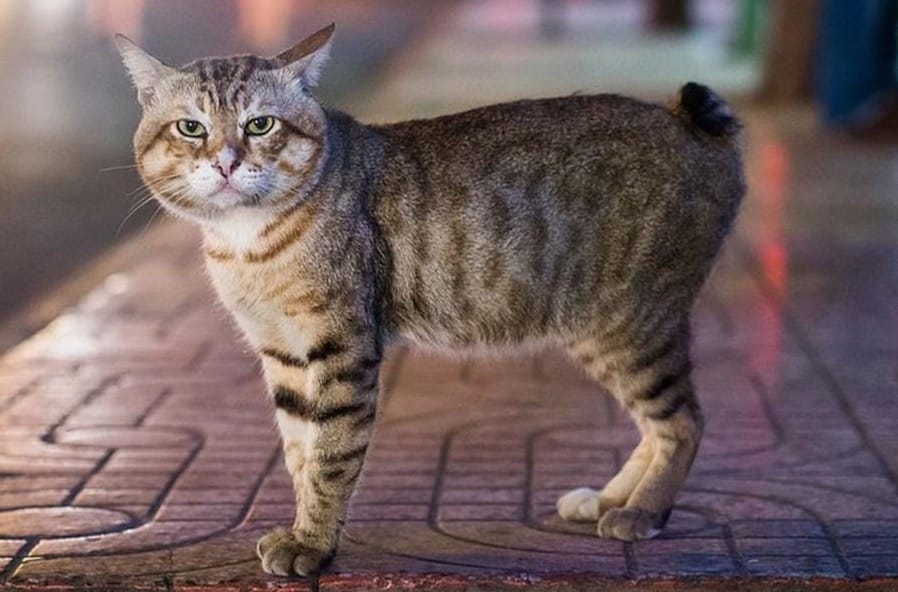
From Transceltic: “Pilates is a physical fitness method developed in the early 20th century. According to supporters of this exercise system regular pilates can improve posture, muscle tone, balance and joint mobility and at the same time relieve stress and tension. It was created and promoted by German-born Joseph Pilates. Less well known is how Pilates’ observation of cats when interned as an “enemy alien” during the First World War influenced his development of the exercise. It happened in the Isle of Man, the Celtic island located in the heart of the Irish Sea. Why were the cats in such good shape, so bright-eyed, while the humans were growing every day paler, weaker, he wondered? The answer came to Joe when he began carefully observing the cats and analyzing their motions for hours at a time. He saw them, when they had nothing else to do, stretching their legs out, stretching, stretching, keeping their muscles limber.”
A bird’s eye view of a ride down a giant toboggan run in the mountains
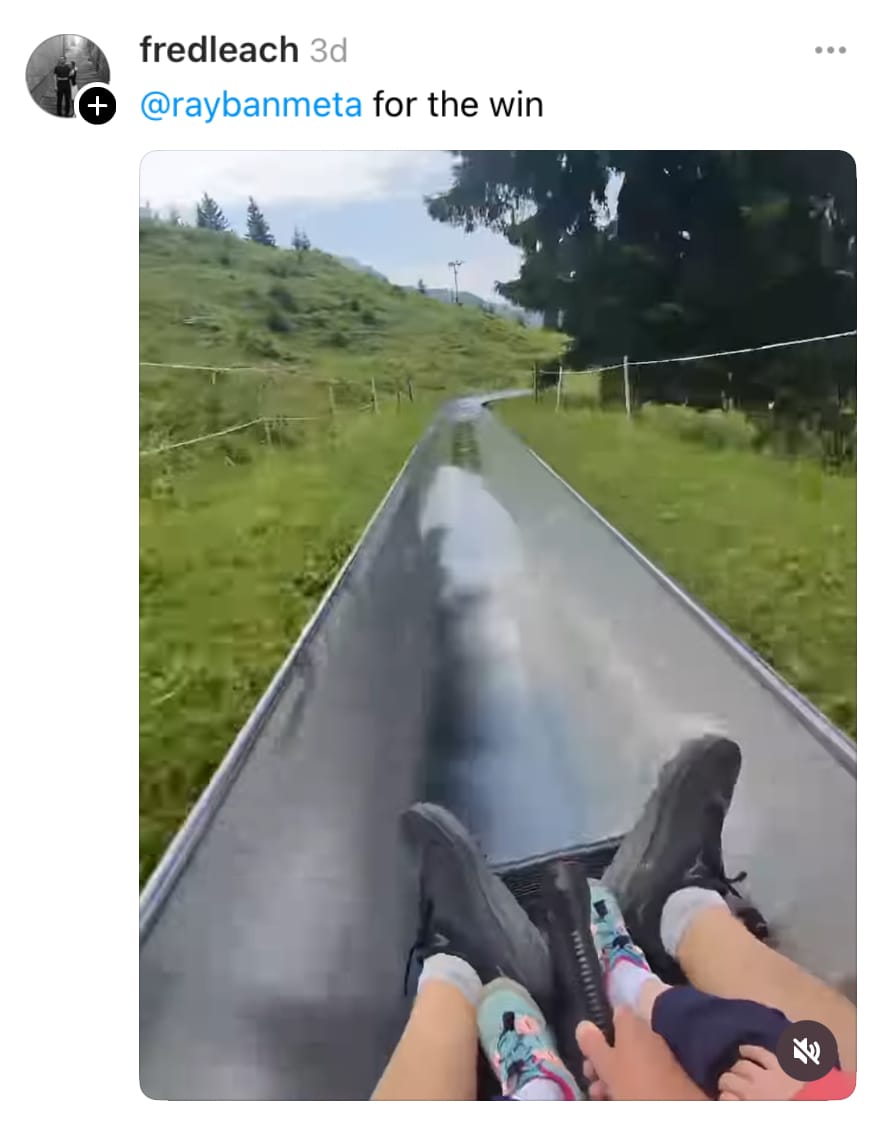
Acknowledgements: I find a lot of these links myself, but I also get some from other newsletters that I rely on as "serendipity engines," such as The Morning News from Rosecrans Baldwin and Andrew Womack, Jodi Ettenberg's Curious About Everything, Dan Lewis's Now I Know, Robert Cottrell and Caroline Crampton's The Browser, Clive Thompson's Linkfest, Noah Brier and Colin Nagy's Why Is This Interesting, Maria Popova's The Marginalian, Sheehan Quirke AKA The Cultural Tutor, the Smithsonian magazine, and JSTOR Daily. If you come across something interesting that you think should be included here, please feel free to email me at mathew @ mathewingram dot com
